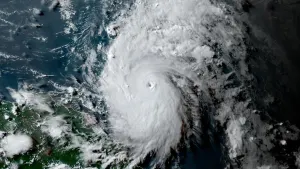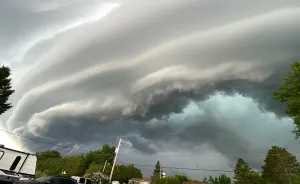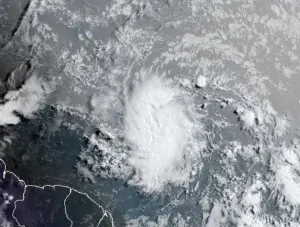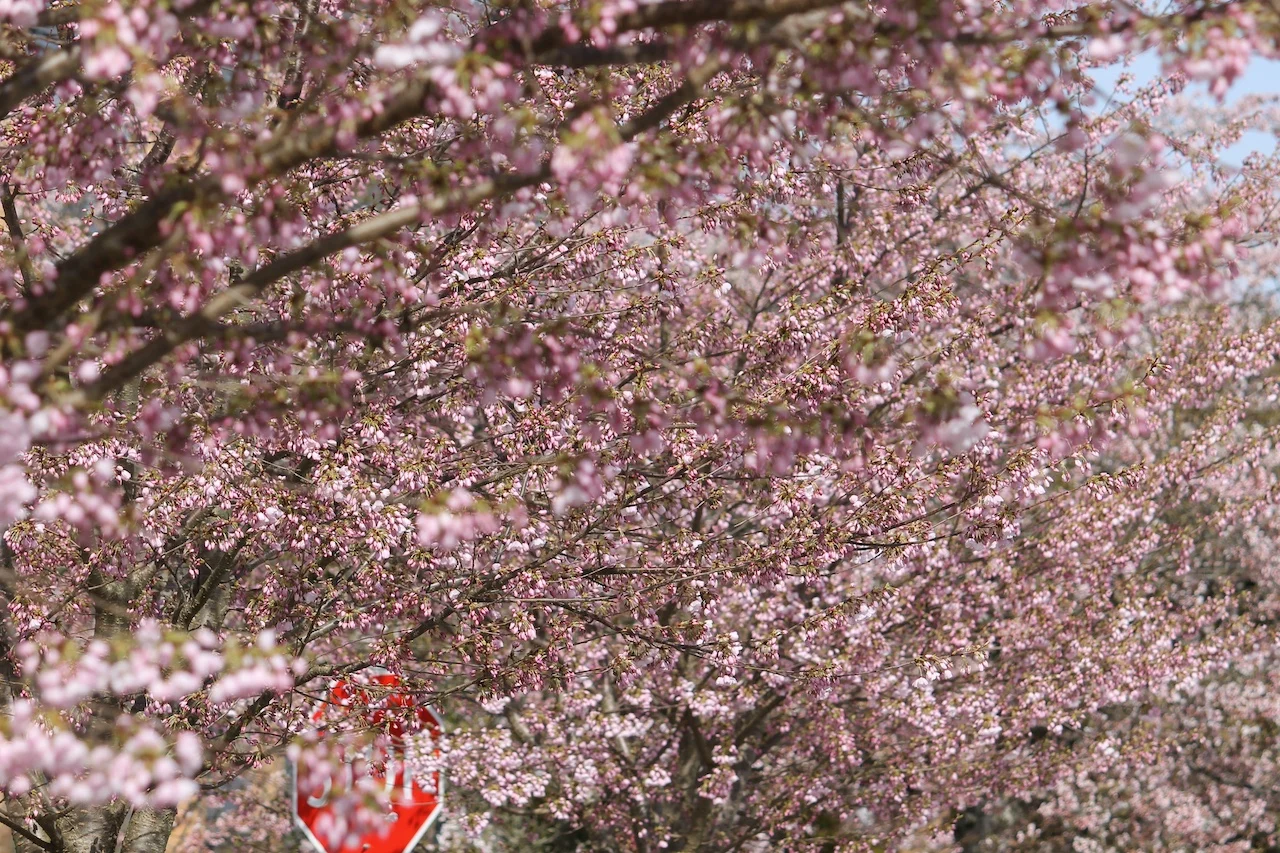
Citizen scientists predict peak of cherry blossom season
More than 80 citizen scientists from across the globe are vying to win up to $5,000 in prizes, if they accurately predict the peak bloom dates for cherry trees in four different locations.
Forecasting is not an easy job, particularly when it comes to predicting the peak blooms of plants, so the universities of British Columbia (UBC) and George Mason turned to the world's citizen scientists for help.
An idea from UBC climate change biologist Elizabeth Wolkovich sprouted into the world’s first international cherry tree prediction competition, a joint initiative from UBC and George Mason University. The contest saw citizen scientists put their heads together to forecast peak blooms in four cities renowned for cherry trees: Kyoto, Japan, Washington, D.C., Vancouver, B.C., and Liestal-Weideli in Switzerland. Competitors drew on publicly available data and records to form predictions. This process promotes a greater awareness of climate science and aids researchers in their modelling work.
SEE ALSO: Japan sees earliest cherry blossom season in 1,200 years
Eighty-one participants from four continents formed 41 teams to take up the challenge and win up to $5,000 in prizes. The results will be announced in May.
Wolkovich's colleagues, Jonathan Auerbach and David Kepplinger, data scientists and statistics professors at George Mason University, spoke to The Weather Network recently about the competition.

(Steph Troughton/University of British Columbia)
The range of predictions that have surfaced were expected, Kepplinger said, as you can "somewhat eyeball" the perimeters of the possible dates just from looking at the timeline, unless there is an extreme weather event.
"I think we were pleasantly surprised," Auerbach added. "The variety of approaches was surprisingly large, which we think is great, so we can see which one was the best."
PEAK BLOOM PREDICTIONS, TRENDS SHOW THEY HAPPEN EARLIER IN THE YEAR
Some of the predictions were released earlier this week. In a news release from UBC, Wolkovich said the overall consensus is that the cherry trees will likely bloom by early April. The average predicted bloom date was April 1 in Washington, April 2 in Vancouver, April 3 in Kyoto and April 2 in Liestal-Weideli.
Kepplinger noted two teams correctly forecast the D.C. peak bloom date, which the National Park Service called on March 22, within one or two days.
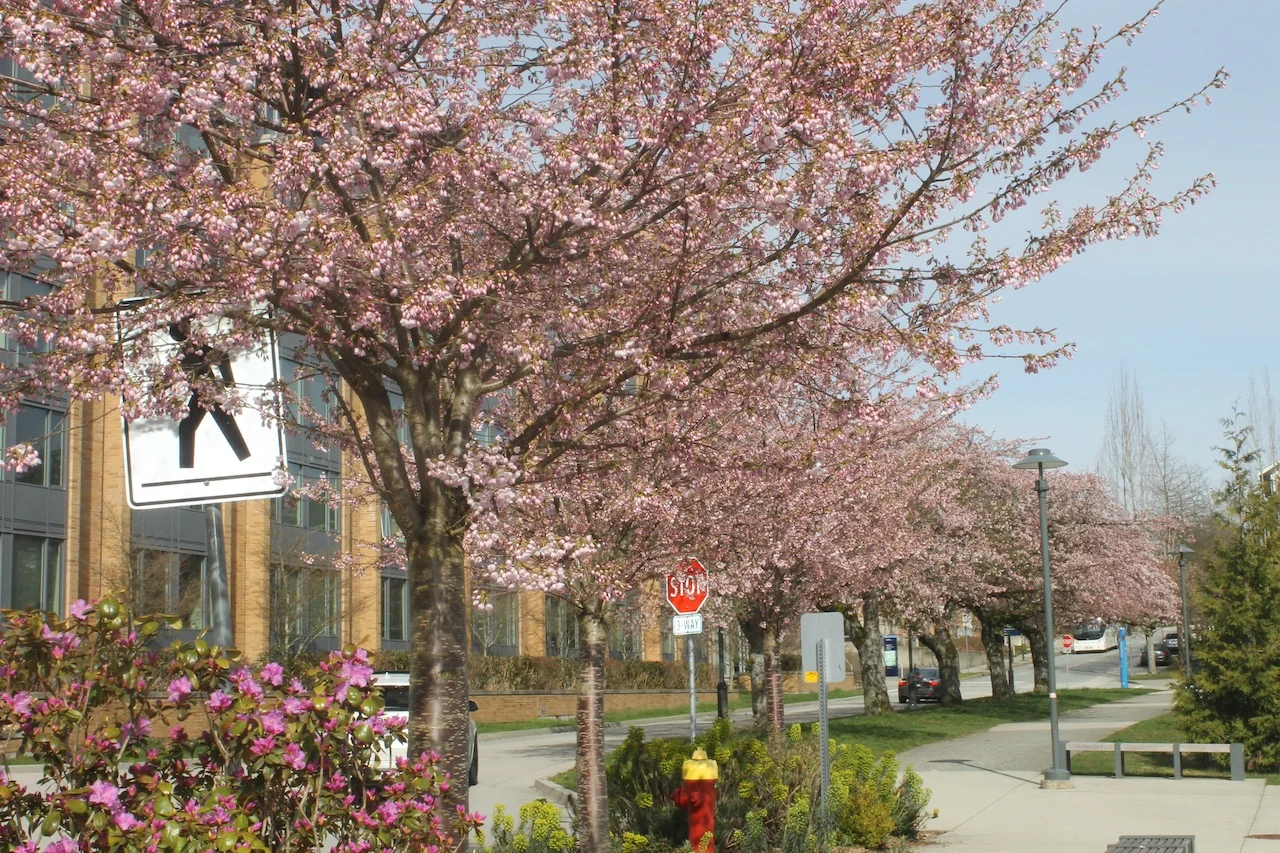
(Steph Troughton/University of British Columbia)
On average, the cherry trees are flowering two weeks earlier in the year than they were at the start of the 20th century -- in locations that have been collecting data for that long, according to Auerbach.
"Climate change, on average, is accelerating the bloom dates. Even though there is that pattern, that peak bloom dates are becoming earlier and earlier, it's still a hard problem. It's very difficult to predict the actual date," said Auerbach.
While trends suggest the peak dates are occurring earlier, there's still much variation because local weather patterns differ from the overall climate pattern so the issue is compounded, with temperatures playing a "major role," Kepplinger added.
WHAT COMPETITORS USED IN PREDICTIONS
Competitors had a month to come up with their predictions, running for all of February. The timeline was important because some of the experts in different locations were releasing their forecasts on March 1 or 2, Auerbach said.
When trying to make guesses at accurately pinpointing the peak blooms, scientists consider various factors including recent local weather patterns, temperatures and amount of daylight. Because the participants are attempting to predict blooms at four locations, their efforts are more difficult than a local park agency covering one spot, Auerbach noted.
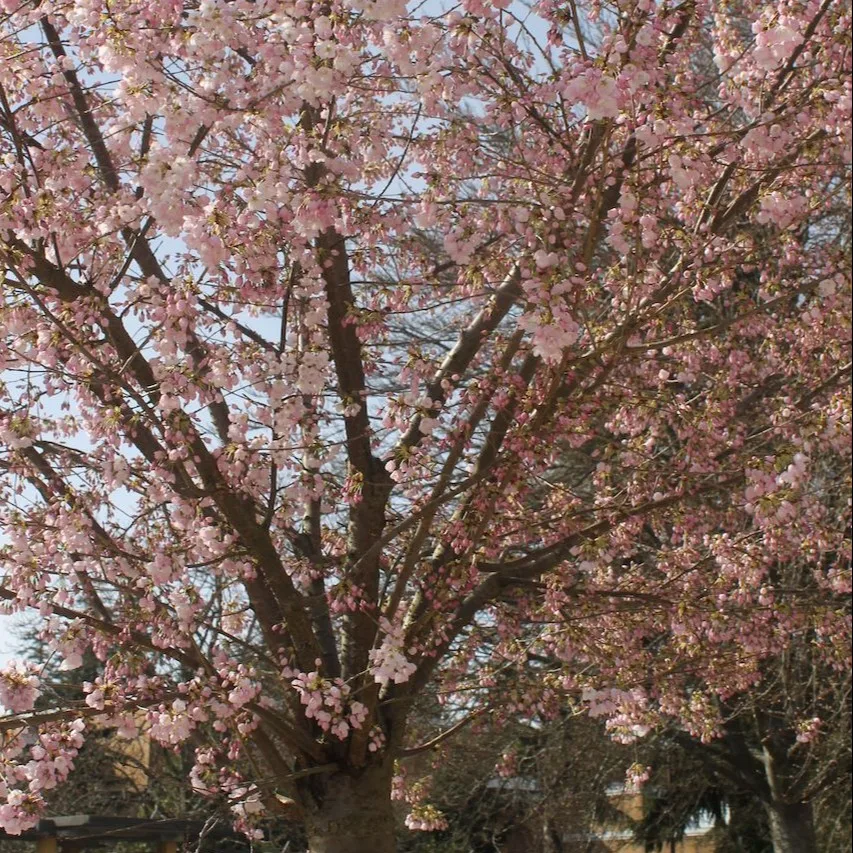
(Steph Troughton/University of British Columbia)
"Most contestants considered the meteorological data used by experts, such as temperature and rainfall. But many also considered additional factors to create compelling narratives and give their predictions an edge," said Auerbach, in the news release. "For example, some factored in the population of the surrounding city or the concentrations of greenhouse gas."
CHERRY BLOSSOMS HOLD SIGNIFICANT CULTURAL, ENVIRONMENTAL VALUE
Auerbach noted the importance of the cherry blossoms, particularly their cultural value, since people "flock to see them." Because the tree is considered to be a cultural phenomenon, it is a "good poster child" for the effects of climate change.
"In just how these changes are happening, you might not notice that it's getting earlier and earlier because it's very slow every year. But, over a 50- or 100-year period, it's a dramatic change," Auerbach said. "By using cherry trees, people get it a lot more. It's something they can see, it's tangible."
Citing Liestal-Weideli as an example, Kepplinger said the tree's popularity wasn't so much the cultural significance but it is more so to use as an indicator of how its growing season will evolve.
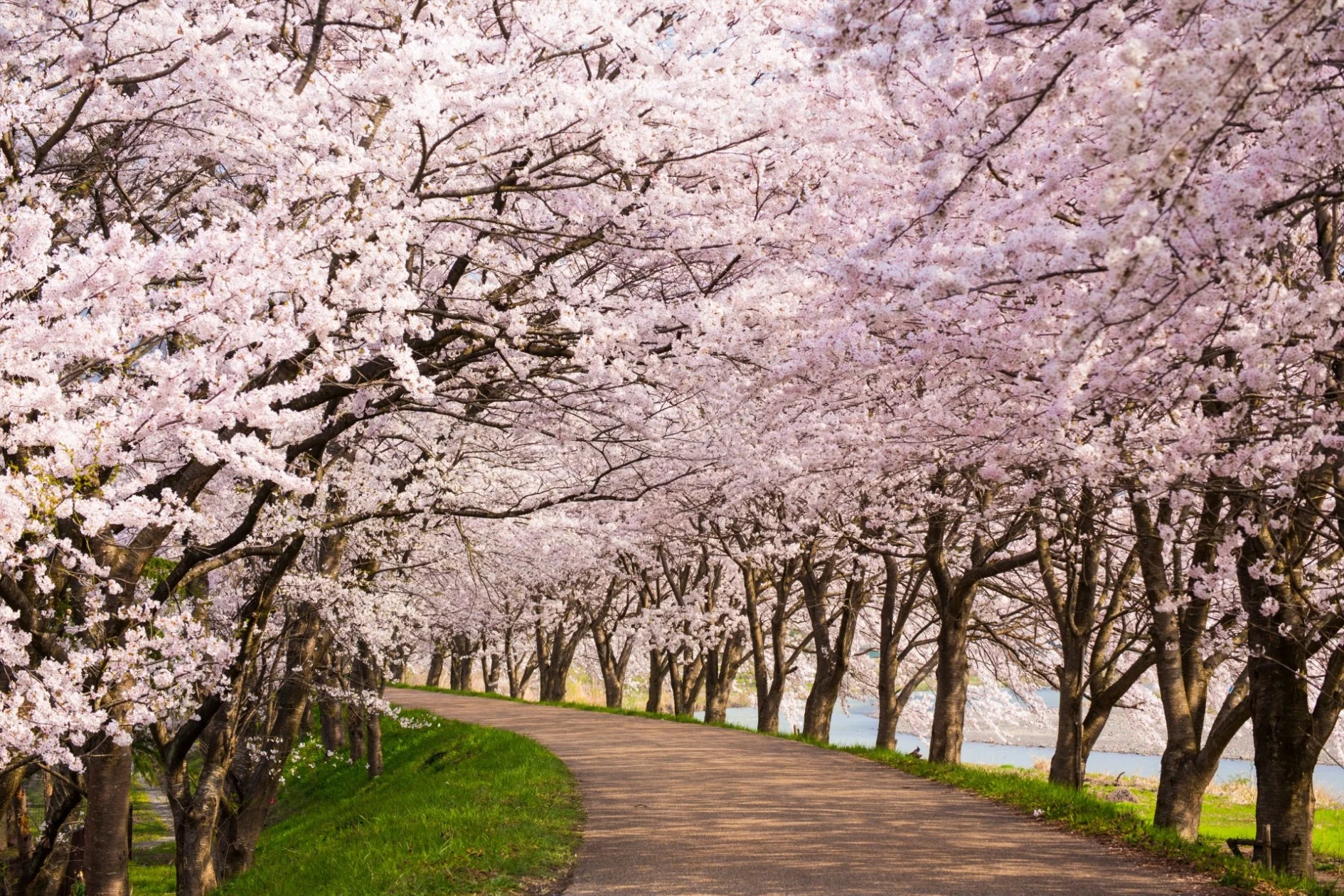
(Yoshiyuki Kaneko. EyeEm. Getty Images)
"Most cherry trees that we're looking at are bred for their beauty, for their cultural significance. But with this connection in Switzerland, there is also a significance of the more general growing season and agricultural importance," said Kepplinger.
On whether the format of the citizen science contest can be used to determine bloom dates of other plant species, Auerbach said "that remains to be found out." The challenges of predicting peak bloom dates are "a little more complicated" than guessing the number of jelly beans in a jar, in a comparison he made between the two.
"We think many of the teams are doing extremely well and there is a way to combine them. Additional research is necessary, but citizen participatory science is the kind of the future," said Auerbach. "Hopefully this isn't the end, but the beginning of a much bigger citizen science effort."
Thumbnail courtesy of Steph Troughton/University of British Columbia.
Follow Nathan Howes on Twitter.







